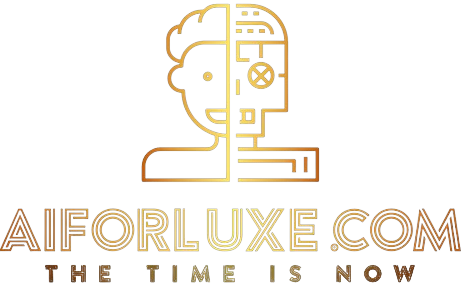Top Automation Trends Shaping Business Strategy in 2025
The Rise of Hyperautomation
As we approach 2025, hyperautomation stands out as a key trend reshaping business strategies. Hyperautomation is characterized by the extensive use of artificial intelligence (AI) and machine learning (ML) to automate processes and enhance decision-making capabilities. By leveraging these technologies, businesses are expected to streamline operations, reduce errors, and improve efficiency. The integration of AI into automation platforms is anticipated to drive significant advancements in operational agility, enabling companies to rapidly adapt to changing market conditions and customer demands.
AI-Powered Decision Making
The second significant trend revolves around the increasing reliance on AI-powered decision-making. As automation tools become more sophisticated, they are providing companies with invaluable insights derived from large datasets. This capability allows businesses to forecast trends, optimize supply chains, and tailor customer experiences with unprecedented precision. Organizations that embrace AI-driven analytics in their decision-making processes are likely to gain a competitive edge, as they will be better equipped to anticipate changes and make data-driven strategic adjustments promptly.
Low-Code and No-Code Automation
The third major trend is the proliferation of low-code and no-code automation tools. These platforms enable users without extensive programming knowledge to create and deploy automation solutions. By democratizing access to automation technology, these tools empower a broader range of employees to innovate and improve processes within their organizations. This trend is expected to foster greater innovation and flexibility in business operations, as teams can swiftly implement and adjust automated workflows without dependence on IT specialists.
Impact on Workforce and Skills
The rise of automation is also influencing the nature of work and the skills required by the modern workforce. As automation takes on repetitive and time-consuming tasks, employees are freed to focus on higher-value activities that require creativity and critical thinking. To thrive in this environment, workers will need to develop skills in areas such as AI management, process optimization, and data analysis. Continuous learning and adaptation will be crucial for maintaining a competitive edge in an increasingly automated world.
The Road Ahead for Businesses
For businesses, investing in these automation trends means more than just keeping pace with technology; it’s about ensuring long-term viability and growth. Companies that successfully integrate hyperautomation, AI-powered decision-making, and low-code/no-code platforms into their strategies are likely to experience more streamlined operations, improved customer satisfaction, and enhanced profitability.
I invite you to explore more about how automation is transforming industries and shaping future business strategies by checking out the latest updates on my blog, SantiArtificial.
For more on the source of these insights, you can view the original article on the topic from Forbes here.
